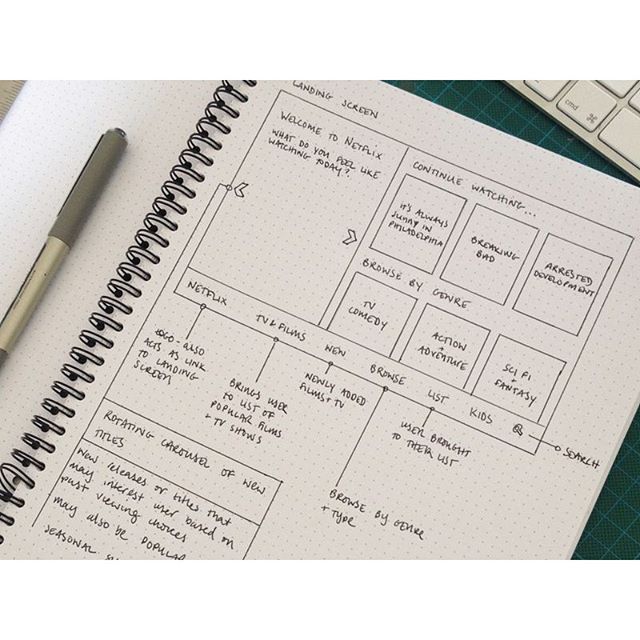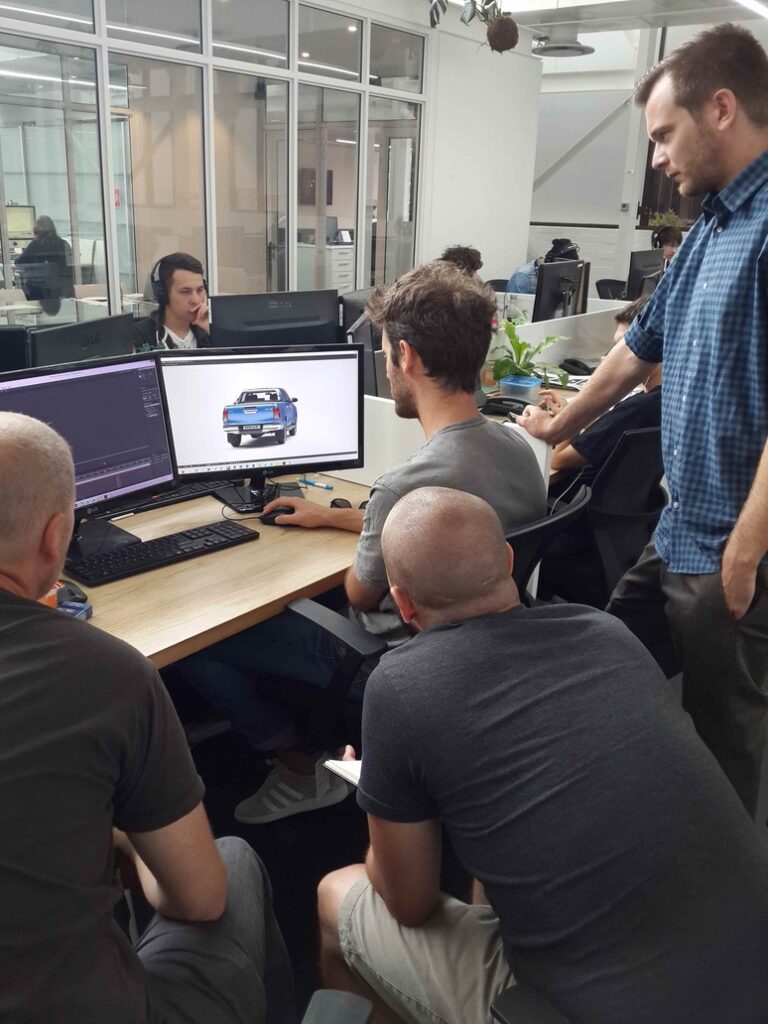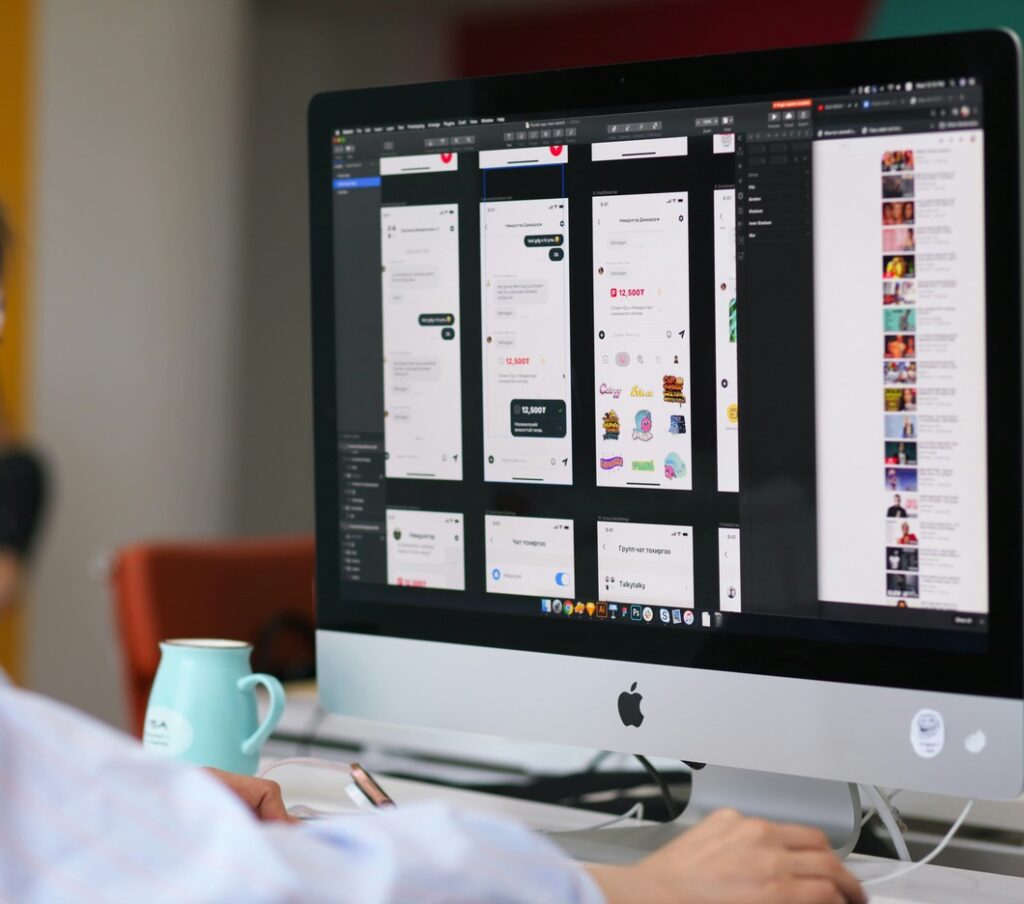Being the only UX designer in a design team can be a daunting prospect and induce Imposter Syndrome. There is a constant questioning of whether you are doing the right things, testing the right metrics, involving the right people and or even using the right tools. I found myself in such a position at my first two digital agencies and had to figure out not just how to survive but how to improve the UX maturity of the company.

“The User Experience Team of One” by Leah Buley is a practical guide for UX designers who often find themselves working solo like I did. It provides strategies and tools to effectively handle all aspects of UX design independently. I want to touch on five practical takeaways from the book that you can use today if you a solo UX act:
1. Adopt a Lean UX Approach:
Buley emphasizes the importance of a lean approach to UX, focusing on delivering value quickly and iteratively rather than getting bogged down in extensive documentation and prolonged processes. This was the first thing I had to do when I realized most of our design projects had a turnaround time of two to four weeks.
Implementation:
- Start with small, manageable projects and iterate based on feedback from clients or customers the client can provide.
- Use rapid prototyping and quick user testing methods to validate ideas early and often.
- Prioritize tasks that have the highest impact with the least effort, ensuring you focus on what matters most.
2. Utilize Lightweight Methods and Tools:
The book provides a variety of lightweight UX methods that can be quickly implemented without extensive resources. As a Senior UX Designer, I was able to deliver low fidelity wireframes to speed up the process. Testing was conducted infrequently and using free tools because it was costly and participants had to be recruited through external agencies.

Implementation:
- Create low-fidelity wireframes and prototypes using tools like pen and paper, Balsamiq, or digital tools like Figma, Axure RP and Sketch which take less time to create UX deliverables.
- Conduct guerrilla usability testing by quickly getting feedback from users in informal settings.
- Use personas and journey maps to maintain a user-centered focus without spending excessive time on documentation.
3. Develop Strong Communication Skills:
Effective communication is crucial for a UX team of one, as you need to advocate for UX principles and practices within your organization. I fortunately had a great working relationship with the CEO, MDs and Creative Directors of both agencies I worked at so it was not hard to get buy-in from them. I had proactively helped them create a new UX service offering that could be used to bill client projects and bring in new revenue for the company.

Implementation:
- Learn to articulate the value of UX to stakeholders clearly and concisely.
- Use storytelling techniques to convey user experiences and design concepts compellingly.
- Present your findings and designs through visually appealing and easy-to-understand presentations.
4. Build Cross-Functional Relationships:
Working solo requires you to collaborate closely with other team members and stakeholders to gather insights and support.

Implementation:
- Establish regular communication channels with developers, product managers, marketers, and other key stakeholders.
- Involve team members from different functions in the UX process, such as inviting them to user testing sessions or design workshops.
- Seek feedback and input from your colleagues to create a more collaborative and inclusive design process.
5. Leverage Existing Resources and Templates:
Description: Buley encourages the use of existing resources, templates, and frameworks to streamline the UX process and avoid reinventing the wheel. The internet was definitely my friend and provider of numerous templates that I used on design projects. Templates for testing, surveys, sketching and project reporting are some examples that I used regularly.

Implementation:
- Utilize UX templates and frameworks available online to speed up your workflow.
- Customize existing templates to suit your specific project needs, ensuring they align with your design objectives and constraints.
- Refer to case studies and best practices from the UX community to inform your design decisions and validate your approaches.
Last thoughts for UX team of one designers:
- Lean UX: When starting a new project, create a minimum viable product (MVP) and test it with a small group of users. Use their feedback to make quick iterations.
- Lightweight Methods: Conduct a guerrilla usability test by setting up a table in a public space and inviting passersby to try out your prototype. Note their reactions and make immediate adjustments.
- Communication: Create a presentation that uses visuals and stories to explain the user journey, highlighting key pain points and how your design addresses them.
- Cross-Functional Relationships: Schedule regular check-ins with your development team to ensure that your designs are feasible and align with technical constraints. Invite them to design reviews to gather their input.
- Existing Resources: Use a persona template from an online resource to quickly create personas for your project. Customize them based on your user research to ensure they are relevant to your specific context.
Discover more from UX Design Mastery
Subscribe to get the latest posts sent to your email.




